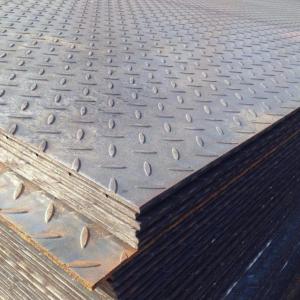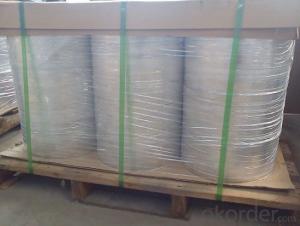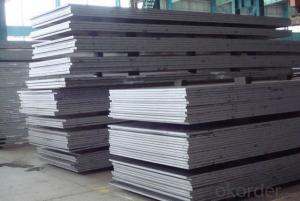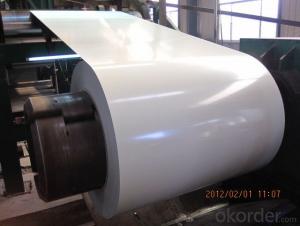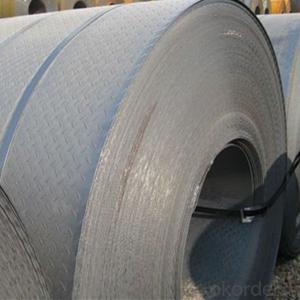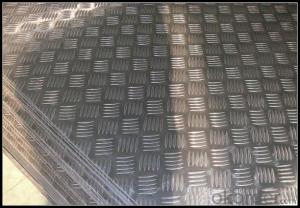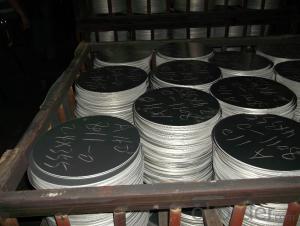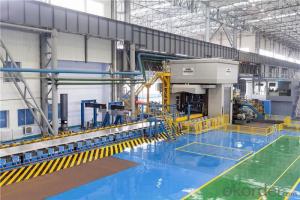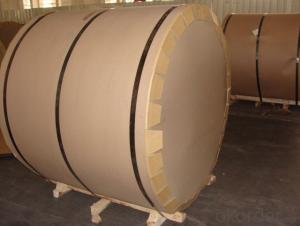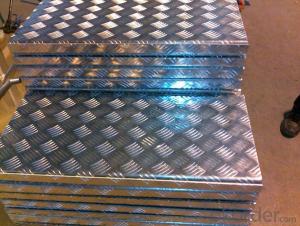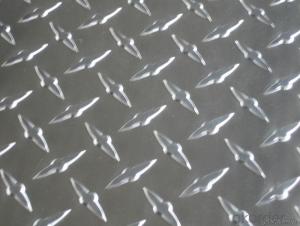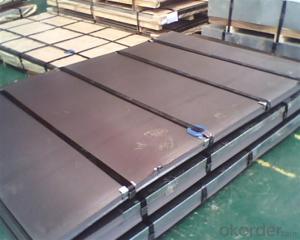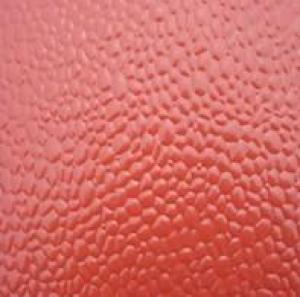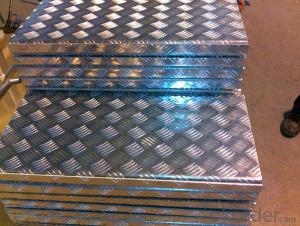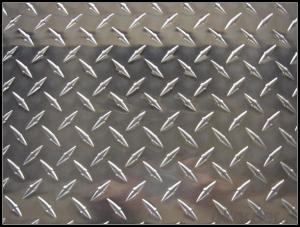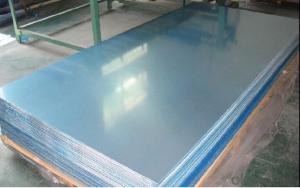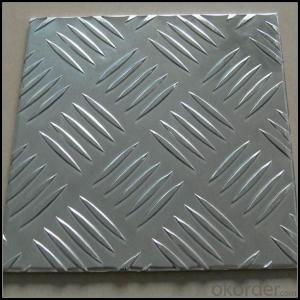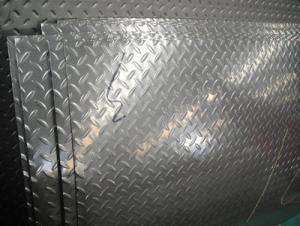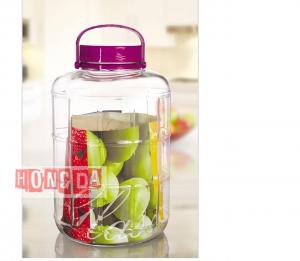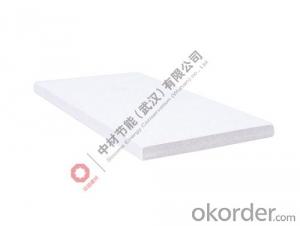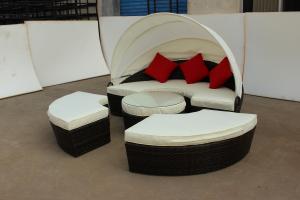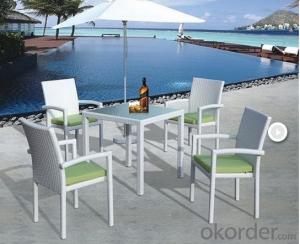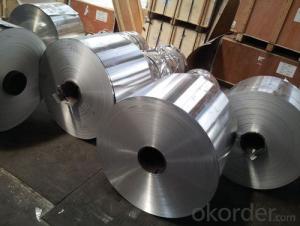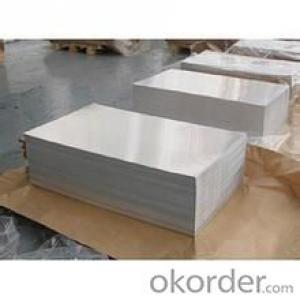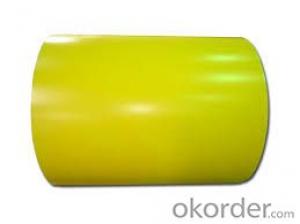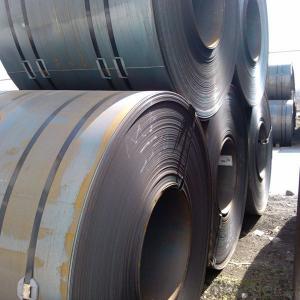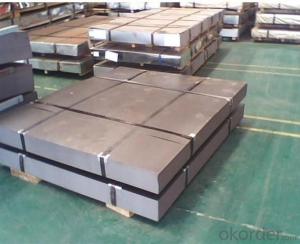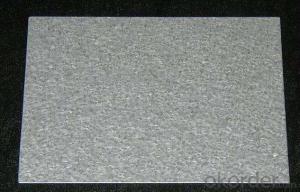Checkered Plate Set
Checkered Plate Set Related Searches
Thickness Of Checkered Plate Stainless Checkered Plate 3 16 Checkered Plate Checkered Plate Set Diamond Checkered Plate Ss Checkered PlateHot Searches
Aluminium Checkered Plate Price Checkered Plate Standard Sizes Checkered Plate Suppliers Aluminium Checkered Plate Price Checkered Plate Standard Sizes Checkered Plate Suppliers Aluminium Checkered Plate Price Tractor Supply Aluminum Plate Aluminum Plate Supply Checkered Plate Standard Sizes Checkered Plate SuppliersCheckered Plate Set Supplier & Manufacturer from China
Okorder.com is a professional Checkered Plate Set supplier & manufacturer, offers integrated one-stop services including real-time quoting and online cargo tracking. We are funded by CNBM Group, a Fortune 500 enterprise and the largest Checkered Plate Set firm in China.Hot Products
FAQ
- Yes, steel sheets can be used for noise barriers. Steel is a durable and robust material that can effectively block or reduce the transmission of sound. It has high density and mass, which helps to absorb and reflect the sound waves, preventing them from passing through the barrier. Steel sheets can be specifically designed and manufactured for noise reduction purposes, with features such as perforations or acoustic insulation materials to enhance their effectiveness. Additionally, steel sheets can be coated or painted to improve their resistance to weather conditions and corrosion. Overall, steel sheets are a viable option for constructing noise barriers, especially in areas with high levels of noise pollution.
- The standard sizes for steel sheets vary depending on the specific application and industry. However, common standard sizes for steel sheets range from 4x8 feet to 5x10 feet, with thicknesses ranging from 16 gauge to 1/4 inch.
- Steel sheets typically have a lifespan of 20 to 30 years, although this can vary depending on factors such as the quality of the steel, maintenance, and exposure to environmental conditions.
- There are several sheet metal stamping techniques for steel sheets, including blanking, piercing, bending, deep drawing, and embossing.
- The average lifespan of steel sheets can vary depending on several factors, including the quality of the steel, environmental conditions, and maintenance. However, with proper care and maintenance, steel sheets can last up to 20 to 30 years or even more.
- Steel sheets are generally stronger and more durable compared to aluminum or plastic sheets. They have a higher tensile strength and can withstand heavier loads. However, steel sheets are heavier and may require additional support structures. Aluminum sheets are lightweight and have good corrosion resistance but are not as strong as steel. Plastic sheets are lightweight and inexpensive, but they lack the strength and durability of steel or aluminum. Ultimately, the choice between steel, aluminum, or plastic sheets depends on the specific application and requirements.
- Weight considerations for steel sheets vary depending on the specific application and desired outcomes. Here are a few key points to consider: 1. Thickness: The thickness of a steel sheet greatly affects its weight. Thicker sheets generally weigh more, while thinner sheets weigh less. It is important to choose a thickness that meets the structural requirements of the project while considering weight limitations. 2. Strength requirements: Different applications require steel sheets of varying strength levels. High-strength steel sheets are often thicker and heavier, while lower strength sheets can be thinner and lighter. Understanding the strength requirements of the project is crucial in determining the appropriate weight of the steel sheets. 3. Transportation and handling: The weight of steel sheets impacts their ease of transportation and handling. Heavier sheets require more labor and equipment for lifting, loading, and unloading. Moreover, transport vehicles have weight limits that need to be considered when selecting steel sheet sizes. 4. Structural limitations: The weight of steel sheets can affect the overall structural design. In some cases, lighter sheets may be preferred to reduce the load on supporting structures. However, in other scenarios, heavier sheets may be necessary to provide the required strength and stability. 5. Cost considerations: The weight of steel sheets can also impact the overall cost of a project. Heavier sheets typically cost more due to the increased material required and the additional handling expenses. Therefore, it is essential to strike a balance between weight, cost, and performance to optimize the project's budget. Overall, weight considerations for steel sheets are crucial in determining the appropriate thickness, strength, transportation requirements, structural design, and cost-effectiveness of a project. By carefully evaluating these factors, one can select steel sheets that meet the specific needs while ensuring the optimal weight for the desired outcome.
- There are several sheet metal piercing techniques that are commonly used for steel sheets. These techniques are utilized to create holes or openings in the steel sheets according to specific requirements. Here are some of the different piercing techniques: 1. Punching: Punching is a widely used technique where a punch and die set is used to create holes in the steel sheets. The punch is forced through the sheet, cutting out the desired shape or size of the hole. This technique is efficient and can be used for a variety of hole sizes and shapes. 2. Drilling: Drilling is another commonly used technique to pierce steel sheets. A drill bit is rotated at high speed, creating a hole in the sheet. Drilling is often used for smaller holes or when precision and accuracy are crucial. 3. Laser cutting: Laser cutting is a highly precise and versatile technique used to pierce steel sheets. A high-powered laser beam is focused on the sheet, melting and vaporizing the material to create holes or shapes. Laser cutting offers high-speed production and can create complex designs with great accuracy. 4. Notching: Notching is a technique used to create cutouts or grooves in steel sheets. It involves removing a portion of material from the edge or surface of the sheet, leaving behind a notch. Notching is often used to create tabs or slots that can be used for assembly purposes. 5. Stamping: Stamping is a technique where a die is pressed into the sheet metal to create a depression or raised feature. This method can be used to create holes, patterns, or embossed designs in the steel sheets. Stamping is commonly used for decorative or functional purposes. 6. Shearing: Shearing is a process where a sharp blade is used to cut through the steel sheet, creating a straight-edge hole. This technique is typically used for larger holes or straight-line cuts. These are just a few of the many sheet metal piercing techniques available for steel sheets. The choice of technique depends on factors such as the desired hole size, shape, precision, speed, and cost-effectiveness.



